af09
Mechanical
- Apr 30, 2018
- 12
Note: Please see pictures below for a visual.
A friend asked me regarding the integrity of a socket weld done on a connection from a drain valve to a tee. Essentially, the drain valve ordered came in threaded on the end that was intended to be welded into the tee. So, he decided to go ahead and weld it as such. The customer came back with concerns about the weld's integrity once informed about the end being threaded prior to it being welded. Does anyone have any insight on how one could go about analyzing the strength of such a weld; whether from a calculation-based or even simulation-based perspective? Or any physical test that can confirm the integrity of the weld? Also, would this be considered in compliance with ASME B16.11?
Any thoughts or recommendations would be greatly appreciated. Thank you.
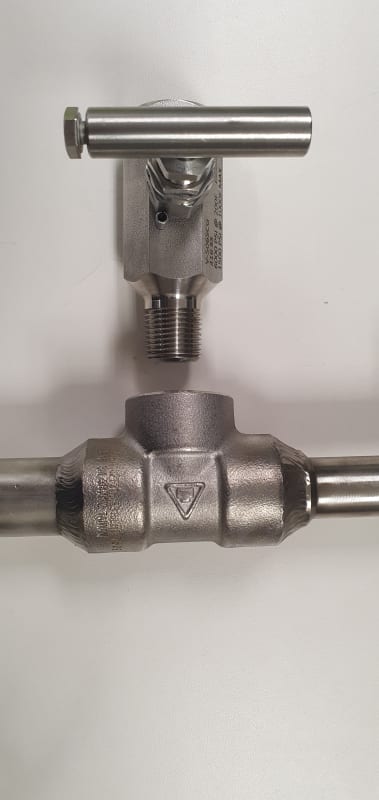
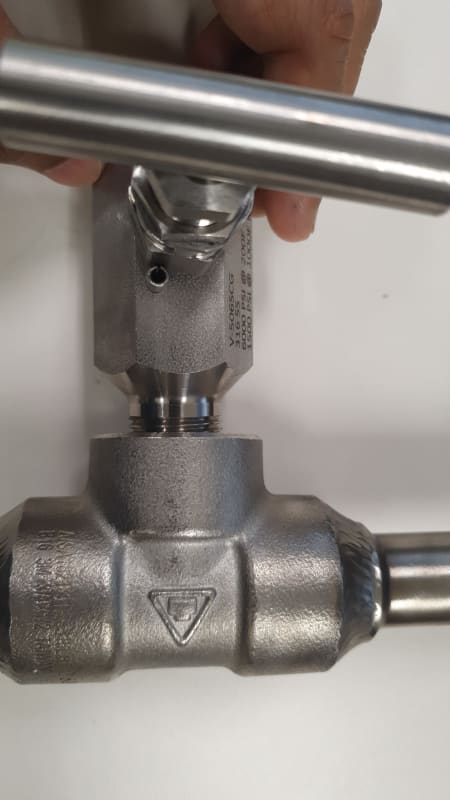
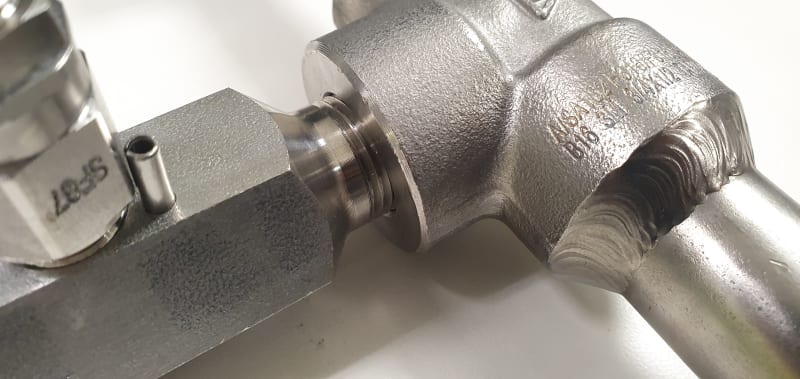
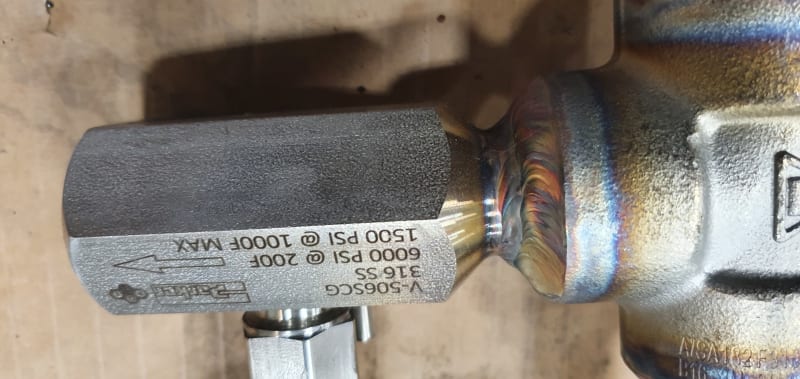
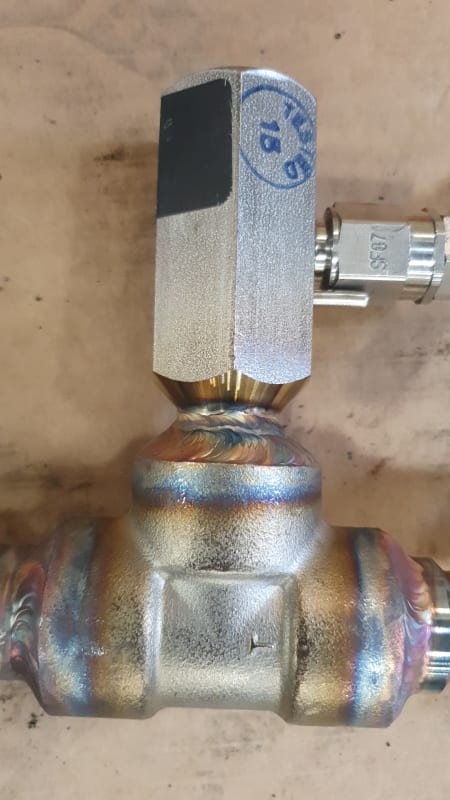
Pic 1 (parts separated): Pic 2 (fully inserted): Pic 3 (full inserted close-up): Pic 4 (Welded final result): Pic 5 (Welded final result 2):
A friend asked me regarding the integrity of a socket weld done on a connection from a drain valve to a tee. Essentially, the drain valve ordered came in threaded on the end that was intended to be welded into the tee. So, he decided to go ahead and weld it as such. The customer came back with concerns about the weld's integrity once informed about the end being threaded prior to it being welded. Does anyone have any insight on how one could go about analyzing the strength of such a weld; whether from a calculation-based or even simulation-based perspective? Or any physical test that can confirm the integrity of the weld? Also, would this be considered in compliance with ASME B16.11?
Any thoughts or recommendations would be greatly appreciated. Thank you.





Pic 1 (parts separated): Pic 2 (fully inserted): Pic 3 (full inserted close-up): Pic 4 (Welded final result): Pic 5 (Welded final result 2):
